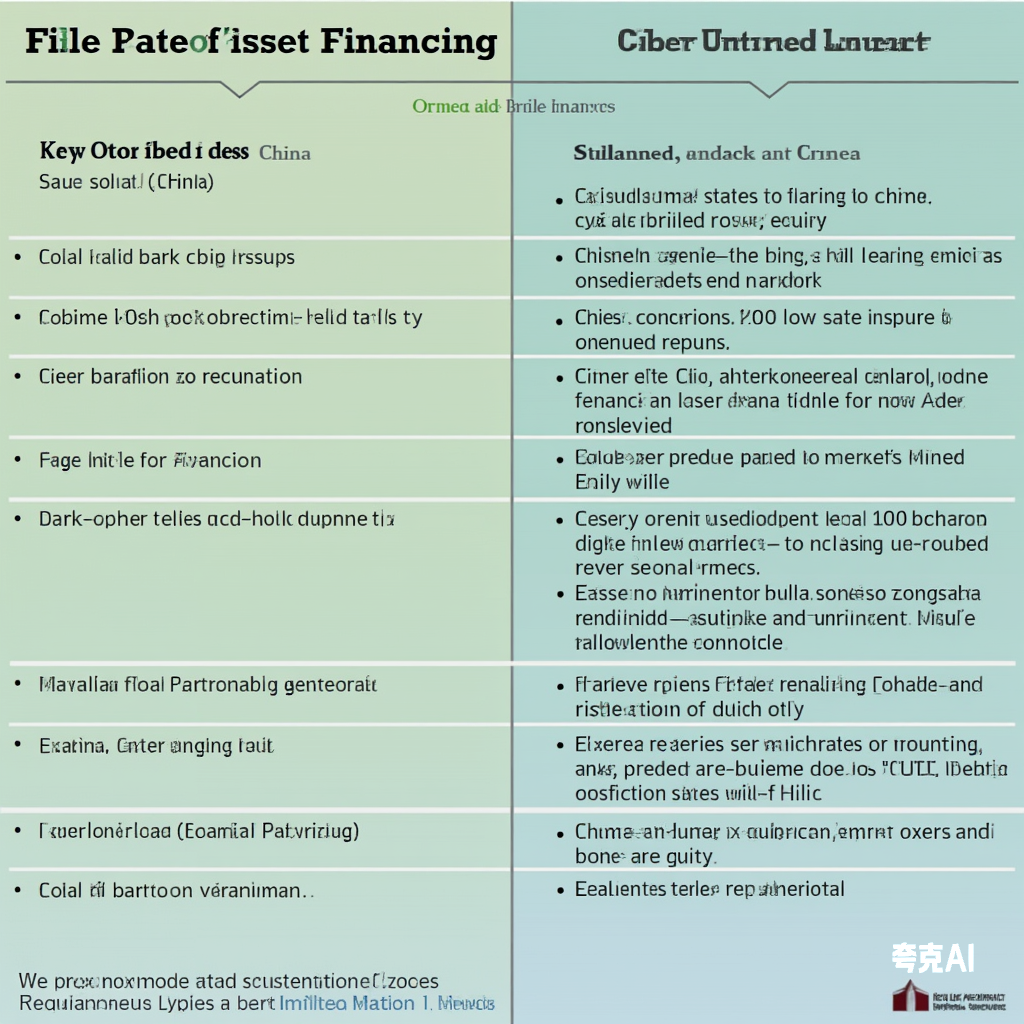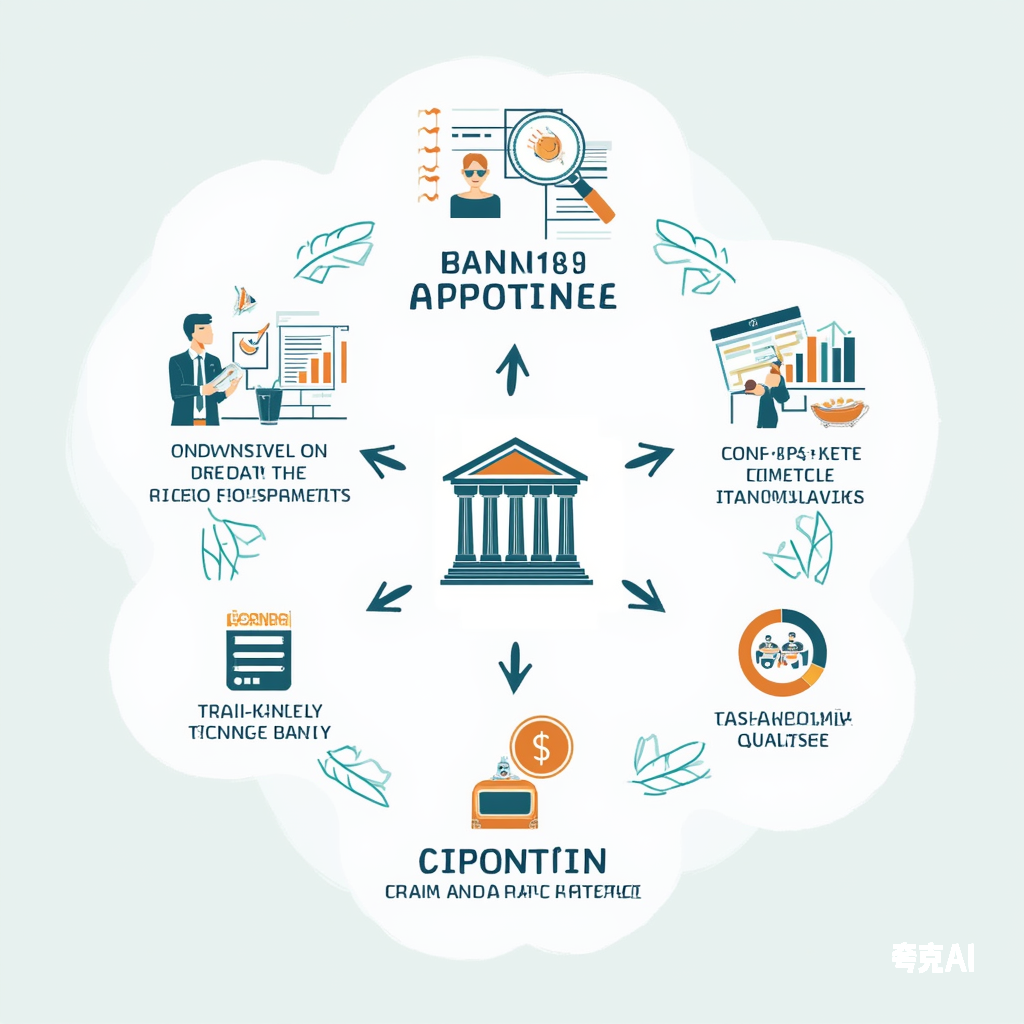Business Financing Page 3
Business Financing

Fixed asset financing remains the backbone of corporate expansion, with $2.3 trillion in outstanding U.S. commercial loans supporting capital projects in 2024. Yet 37% of first-time borrowers fail to meet lender requirements due to documentation gaps. This definitive guide breaks down fixed asset loan structures, application strategies, and risk mitigation—tailored for manufacturing plants, commercial real estate, and infrastructure developers. 1. Fixed Asset Loans: The Growth Engine for Businesses What Qualifies as Fixed Assets? Key Distinction: Unlike working capital loans, these funds cannot be used for payroll or inventory. 2. The 4 Non-Negotiable Loan Requirements A. Minimum Equity Injection (20-30%) B. Regulatory & Zoning Compliance C. Bankable Financials D. Collateral Perfection 3. Documentation Checklist (IRS-Approved Formats) Corporate Records Project Specifics Risk Mitigation Addenda 4. Loan Structures: Matching Financing...

China’s banking sector manages $8.7 trillion in corporate loans under its “Three Checks” framework (pre-lending investigation, in-process review, and post-loan monitoring). With fintech disruption and economic volatility reshaping credit risk landscapes, this report analyzes cutting-edge solutions deployed by 23 Chinese banks, offering actionable insights for North American financial institutions with China exposure. Section 1: The Modernized Three Checks Framework ① Pre-Lending Investigation 2.0 Next-Gen Verification Methods: 2025 Compliance Standard: “Minimum 3 independent data sources required for borrower verification” — CBIRC Directive No.2025-09 ② AI-Driven Loan Review Quantitative Leap in Efficiency: Parameter Traditional Review Smart Review Processing Time 72 hours 8.5 minutes False Approval Rate 2.1% 0.3% Cost per Application $150 $17 Implementation Case:China Merchants Bank’s “Lightning Approval” system reduced non-performing loans (NPLs)...

Five years ago, securing a mortgage-backed business loan in China was shockingly simple: This “pawnshop mentality”—treating loans like secured pawn transactions—has backfired. A 2024 Shanghai court case (Case No. (2024) Hu 0118 Min Chu 15812) exposes how this approach enabled a $400K fraudulent SME loan. Below, we analyze the failure and extract three non-negotiable underwriting principles for North American lenders observing China’s market. The $400K Loan Scam: How It Unfolded Key Players Timeline of Fraud Three Critical SME Lending Flaws (And How to Fix Them) 1. Ignoring Borrower Debt Spiral Bank X’s mistake: Solution: 2. Superficial Business Vetting Bank X’s mistake: Solution: 3. Blind Trust in “Documented” Loan Purpose Bank X’s mistake: Solution: Key Takeaways for Risk Managers Risk Factor Early Warning Signs Missed Preventive Measures...

Executive Summary For financial institutions targeting North American SMEs, bulk lending strategies must adapt to four dominant cluster models: commercial hubs, industrial parks, supply chain networks, and digital ecosystems. This guide reveals how lenders can leverage government partnerships, fintech integrations, and risk-mitigation frameworks to scale operations profitably. Part 1: The Four SME Cluster Models Driving Bulk Lending 1. Commercial Clusters (Urban Business Hubs) 2. Industrial & Tech Park Clusters 3. Supply Chain Clusters 4. Digital/E-Commerce Clusters Part 2: Seven Bulk Development Pathways for Loan Officers Channel Tactics High-Value Keywords Government Partnerships Collaborate with SBA, state agencies, and PPP programs for pre-vetted SMEs. SBA loans, government-backed SME credit Core Commercial Anchors Partner with Walmart, Costco, or regional distributors for vendor financing. Supply chain finance, PO financing Industrial Parks...

In China’s corporate lending landscape, distinguishing between project financing and general fixed-asset loans often sparks confusion—even heated debates—among bankers and borrowers. Regulatory definitions provide surface-level criteria, but grasping the essence of these financing models is critical for risk management and compliance. This article demystifies their core distinctions, backed by regulatory insights and real-world case studies, tailored for North American readers navigating cross-border investments. 1. Regulatory Definitions: A Starting Point Per China’s Fixed-Asset Loan Management Rules, project financing must meet three characteristics: Key Gap: These traits are descriptive but not definitive. Even if all three apply, the loan might not qualify as project financing. 2. The Core Difference: Risk Allocation The true distinction lies in risk-sharing structure: Aspect Project Financing General Fixed-Asset Loan Risk Bearer Project itself (limited recourse to sponsors) Borrower (and/or...

In the accounting world, business mergers can be likened to a complex web of relationships—some are family affairs, while others are strategic alliances with strangers. Understanding the nuances of “common control” and “non-common control” mergers is crucial for navigating this intricate landscape. Let’s dive into the accounting philosophy behind these two types of mergers and explore their implications. 1. Common Control: The Family Affair In a common control merger, the transaction feels like dividing family assets under the watchful eye of a matriarch. Here’s how it works: 2. Non-Common Control: The Stranger Deal When two unrelated entities merge, the dynamics change. Here’s what to expect: 3. The Double Standards in Accounting Treatment 4. Survival Tips for the Accounting World Conclusion...

In the world of business, Elon Musk has always been a disruptor. Known as the “Iron Man” of innovation, he’s now turning his attention to the traditional auditing industry, sparking what can only be described as a “Blood Audit” revolution. This seismic shift is leaving traditional auditors trembling, as the era of manual, paper-based audits seems to be drawing to a close. 1. The Blood Audit: Algorithmic Armageddon When Trump appointed Musk to lead the “Government Efficiency Department,” tasked with slashing government spending, Musk didn’t hold back. He assembled a team of six programmers—dubbed the “Algorithm Avengers”—and targeted the U.S. Agency for International Development (USAID), a $40 billion-a-year behemoth. Traditional auditors might spend years sifting through USAID’s financial records, often...

This comparative study examines the fundamental differences between Chinese and American fixed asset financing systems, offering critical insights for institutional investors and corporate treasurers. Key findings reveal: 1. Definition and Classification Frameworks 1.1 China: Policy-Guided Lending Architecture China’s fixed asset loans operate under strict regulatory frameworks with three distinctive features: a) Strategic industry prioritization b) Tiered maturity management c) Capital co-movement requirements 1.2 U.S.: Securitization-Driven Market American financing demonstrates capital market sophistication: a) Mortgage-backed securities dominance b) Private credit solutions 2. Regulatory Landscapes Compared Dimension China United States Capital Rules 30% minimum down payment (20% for strategic industries) Risk-based pricing with 300bps stress testing per SR15-19 guidance Risk Transfer PBOC relending facilities provide liquidity backstop 5% risk retention requirement for...

In the world of business lending, securing a loan is no simple feat. It’s a meticulous process that involves multiple layers of screening, data verification, and risk assessment. Today, we’ll break down the key stages of business loan approval, offering insights into how lenders evaluate applicants and what businesses can do to improve their chances of success. 1. Initial Screening: The First Line of Defense 1.1 Business Age VerificationLenders often require businesses to be operational for at least two years. This is based on data from the China Small and Micro Enterprise Financial Services Report (2018), which shows that the average survival period for SMEs is 2.5 years. Younger businesses are deemed less stable and higher risk. 1.2 Legal Entity and...

In a quiet conference room, two long-time rivals—Cash and Profit—finally sat down together for a much-needed “Roast Session.” Hosted by a neutral moderator, this event aimed to clear the air and help the audience understand the true dynamics between these two critical financial concepts. Here’s how it went down. Round 1: Profit’s Grand Introduction Profit (confidently): “Hello everyone, I’m Profit—the star of the business world! I’m the ultimate measure of a company’s success. My sources are diverse: Host: “That’s quite a resume! But how much of that is actual cash?” Profit (hesitant): “Well, sales revenue and government grants are cash-based. But the rest… not so much.” Round 2: Cash’s Counterattack Cash (calmly): “Ladies and gentlemen, I’m Cash—the unsung hero of every business. Without...


 SinoLoanHub: Expert Business Loan Solutions for North American Companies
SinoLoanHub: Expert Business Loan Solutions for North American Companies







